- Benefits of Mass Planting Tomatoes in the Greenhouse
- Choosing the Right Tomato Varieties
- Growth Habit:
- Resistance to Diseases:
- Time to Harvest:
- Taste and Use:
- Popular Tomato Varieties for Greenhouse Cultivation:
- Preparing the Greenhouse for Planting
- Clearing and Cleaning
- Organizing the Layout
- Providing Proper Ventilation
- Ensuring Adequate Lighting
- Providing Proper Irrigation
- Optimal Spacing for Tomato Plants
- What to Place in Each Planting Hole
- Proper Watering and Fertilization Techniques
- Watering Techniques:
- Fertilization Techniques:
- Supporting Tomato Plants in the Greenhouse
- 1. Stakes
- 2. Cages
- 3. Trellises
- 4. String System
- 5. Overhead Wire System
- Harvesting and Maintenance Tips
- 1. Regular Inspection
- 2. Pruning
- 3. Watering
- 4. Fertilizing
- 5. Trellising
- 6. Pest Control
- 7. Harvesting
- 8. Storage
- “Question-Answer”
- What is the optimal spacing for mass planting tomatoes in a greenhouse?
- Why is mass planting of tomatoes in a greenhouse recommended?
- What should I place in each hole when mass planting tomatoes?
- How deep should the holes be when mass planting tomatoes in a greenhouse?
- What are the benefits of mass planting tomatoes in a greenhouse?
- “Video” Complete Guide To PLANTING TOMATOES And FERTILIZING TOMATOES!
The greenhouse is a popular choice for growing tomatoes due to its ability to provide a controlled environment that promotes optimal growth and high yields. One of the key considerations when planting tomatoes in a greenhouse is the spacing between plants. This article will explore the optimal spacing for mass planting of tomatoes in a greenhouse and provide recommendations for what to place in each hole.
When it comes to spacing, it is important to strike a balance between maximizing the number of plants and ensuring that each plant has enough space to grow and receive adequate sunlight and airflow. The optimal spacing for mass planting of tomatoes in a greenhouse is typically between 18-24 inches (45-60 cm) between plants. This spacing allows for efficient use of space while still providing room for each plant to develop a strong root system and receive the necessary nutrients.
In each planting hole, it is recommended to place a few essential components to promote healthy growth and maximize productivity. Firstly, adding compost or well-rotted manure to each hole will provide a nutrient-rich environment for the tomato plants. This organic matter will gradually release nutrients into the soil, ensuring that the plants have a steady supply throughout their growth cycle. Additionally, adding a handful of bone meal or other phosphorus-rich fertilizer can help promote strong root development and enhance fruit production.
Furthermore, it is also beneficial to add a layer of mulch around the base of each plant to conserve moisture, suppress weed growth, and regulate soil temperature. This can be done by using organic materials such as straw, wood chips, or grass clippings. The mulch layer will help retain moisture in the soil, reducing the need for frequent watering and increasing overall plant health.
Benefits of Mass Planting Tomatoes in the Greenhouse
Mass planting tomatoes in a greenhouse can offer several benefits for growers, including:
- Optimal space utilization: When tomatoes are mass planted in a greenhouse, space can be used more efficiently. By placing the plants closer together, growers can maximize the number of plants they can cultivate in a limited area.
- Increased productivity: Growing tomatoes in mass planting can lead to higher yields. The close proximity of the plants allows for better pollination and encourages the growth of more fruits. It also reduces the competition from weeds, resulting in healthier plants.
- Improved protection: Mass planting tomatoes in a greenhouse provides a level of protection against external factors such as harsh weather conditions, pests, and diseases. The controlled environment of the greenhouse helps to create optimal growing conditions, allowing the plants to thrive and produce high-quality tomatoes.
- Easier management: Managing a large number of tomato plants in a greenhouse can be more streamlined compared to traditional outdoor cultivation. Watering, fertilizing, and pest control can be done more efficiently when the plants are organized in a mass planting system.
- Consistent quality: Mass planting tomatoes in a greenhouse allows for better control over factors such as temperature, light, and humidity. This control contributes to more consistent fruit quality and allows for year-round cultivation, regardless of the external climate.
In conclusion, mass planting tomatoes in a greenhouse offers numerous advantages, including optimal space utilization, increased productivity, improved protection, easier management, and consistent fruit quality. These benefits make it an attractive option for growers looking to maximize their tomato cultivation in a controlled environment.
Choosing the Right Tomato Varieties
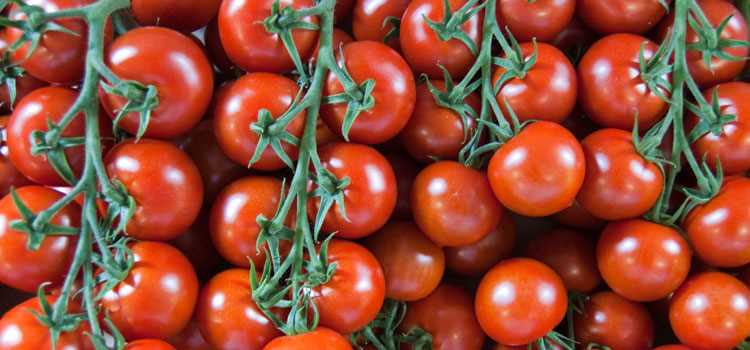
When it comes to planting tomatoes in your greenhouse, selecting the right varieties is essential for a successful and productive harvest. Here are some factors to consider when choosing the right tomato varieties for mass planting:
Growth Habit:
Determinate varieties are usually preferred for mass planting as they have a compact growth habit and need less space. These plants tend to grow to a predetermined height and produce fruit all at once, making them ideal for greenhouse cultivation.
Resistance to Diseases:
Tomato plants can be susceptible to various diseases, including blight, mosaic virus, and wilt. It’s crucial to choose varieties that have resistance to these common diseases to prevent crop loss. Look for varieties that are labeled as disease-resistant or tolerant.
Time to Harvest:
The time it takes for a tomato variety to reach maturity and start producing fruit can vary. If you’re planning for a continuous harvest throughout the growing season, select varieties with different maturity dates. This way, you’ll have a steady supply of ripe tomatoes without overwhelming yourself with a large harvest all at once.
Taste and Use:
Tomatoes come in various flavors, sizes, and colors. Consider your personal taste preferences and how you plan to use the tomatoes. Some varieties are better suited for eating fresh, while others are perfect for canning, sauces, or salads. Do some research or ask local growers for recommendations based on your culinary needs.
Popular Tomato Varieties for Greenhouse Cultivation:
Here are some popular tomato varieties that are well-suited for greenhouse cultivation and mass planting:
- Roma: A determinate variety known for its meaty texture and excellent flavor. It’s ideal for making sauces and canning.
- Cherry: These bite-sized tomatoes come in various colors and are perfect for snacking or adding to salads.
- Beefsteak: Known for its large size and juicy flesh, this variety is great for sandwiches and slicing.
- Celebrity: A disease-resistant variety that produces medium-sized tomatoes with excellent flavor.
Remember to choose a mix of varieties to have a diverse tomato harvest. Consider the space available in your greenhouse, your personal preferences, and the specific needs of each tomato variety to make the best selection for your mass planting project.
Preparing the Greenhouse for Planting
Clearing and Cleaning
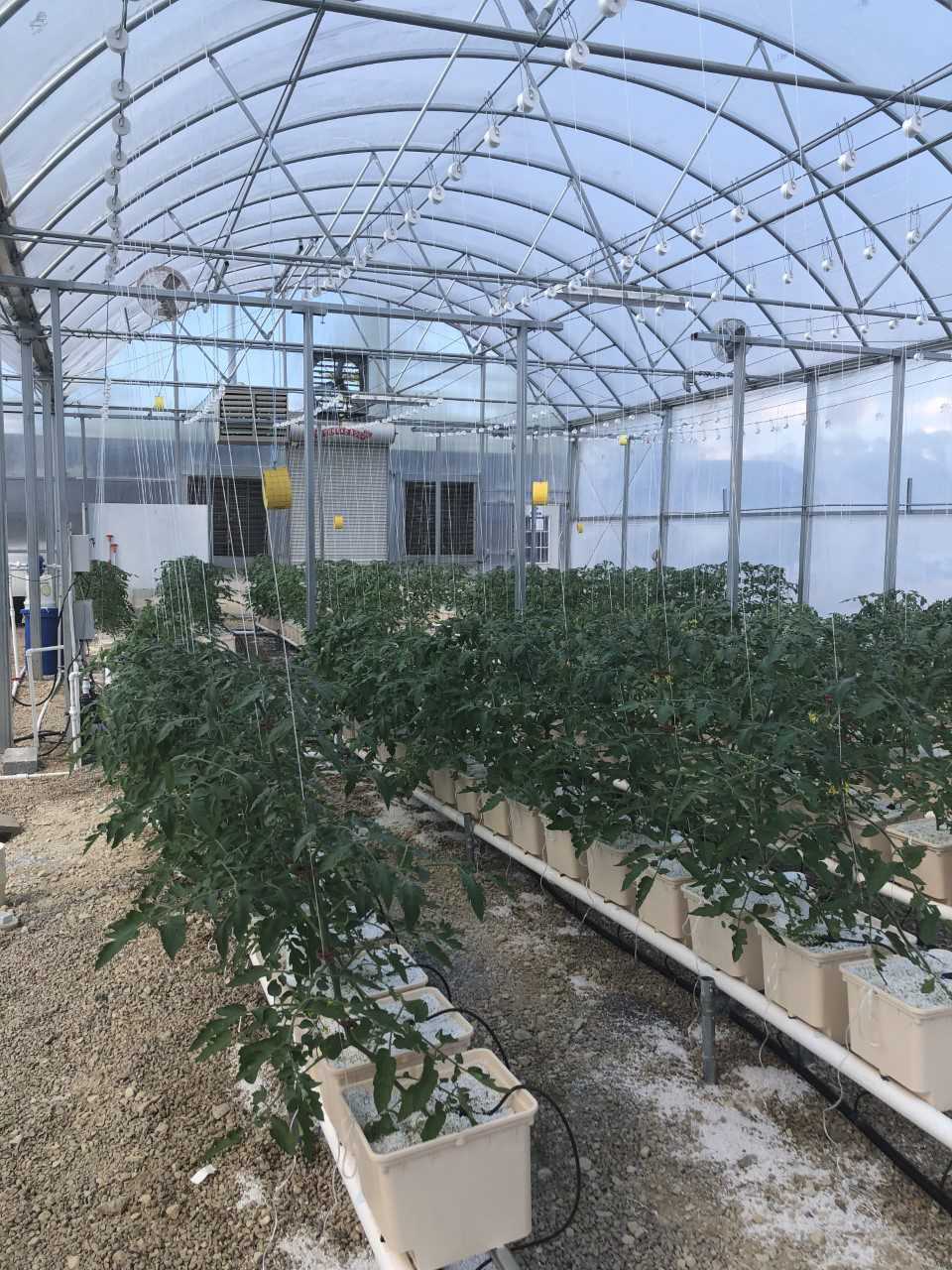
Before planting your tomatoes in the greenhouse, it is important to clear and clean the space to create an optimal environment for growth.
- Remove any existing plants or debris from the greenhouse to make room for the new tomato plants.
- Thoroughly clean the greenhouse walls, floor, and benches to eliminate any pests or diseases that could affect the tomato plants.
Organizing the Layout
Proper organization of the greenhouse layout is essential for maximizing space and ensuring proper airflow and sunlight distribution among the tomato plants. Here are some tips:
- Decide on the desired spacing between tomato plants based on the variety and growth habit. This will help you determine the number of plants that can be accommodated in the available space.
- Create rows or beds with enough space between them for easy access and maintenance.
- Consider using trellises or stakes to support the tomato plants and prevent them from collapsing under their own weight.
- Leave enough space between the walls and the first row of plants to allow for proper air circulation.
Providing Proper Ventilation
Ventilation is critical for maintaining a healthy greenhouse environment and preventing the build-up of excessive heat and humidity. Here’s what you can do:
- Install vents or windows that can be opened and closed as needed to regulate temperature and humidity levels.
- Consider using fans or exhaust systems to improve air circulation and prevent the development of fungal diseases.
Ensuring Adequate Lighting
Tomatoes require an ample amount of sunlight to grow and produce a bountiful harvest. Here’s how you can ensure they receive enough light:
- Position your greenhouse in a location that receives maximum sunlight exposure throughout the day.
- If needed, install supplemental lighting systems, such as grow lights, to provide additional light during cloudy days or in low-light conditions.
Providing Proper Irrigation
Proper irrigation is essential for maintaining healthy tomato plants in the greenhouse. Here are some considerations:
- Ensure that your greenhouse has an efficient irrigation system in place, such as drip irrigation or soaker hoses.
- Monitor the moisture levels in the soil regularly and adjust the watering schedule accordingly to prevent over or under-watering.
- Consider using a mulching material around the tomato plants to conserve moisture and prevent weed growth.
By taking the time to properly prepare your greenhouse for planting, you will create an ideal environment for your tomato plants to thrive and produce an abundant harvest.
Optimal Spacing for Tomato Plants
Proper spacing is essential for the optimal growth and development of tomato plants in a greenhouse. By giving each plant enough space, you allow them to receive adequate sunlight, air circulation, and nutrients, which promotes better yields and minimizes the risk of diseases.
The recommended spacing for tomato plants in a greenhouse depends on the variety of tomatoes you are growing and the available space. Generally, spacing between plants should be around 18-24 inches (45-60 cm) and between rows should be 24-36 inches (60-90 cm). This spacing allows enough room for each plant to grow and spread, without overcrowding or shading neighboring plants.
However, it is important to consider the specific requirements of the tomato variety you are planting. Some varieties have a more compact growth habit and require less space, while others are more vigorous and need more room to grow. Check the seed packet or plant label for specific spacing recommendations for the variety you are planting.
In addition to plant spacing, you should also consider the trellising or support system you will use for your tomato plants. Trellising allows the plants to grow vertically, saving space and improving air circulation. The trellis system should be set up before planting, and the spacing between plants should take into account the distance required for the plants to be trained onto the trellis.
When planting tomatoes in the greenhouse, it is also important to consider the overall layout and organization of the plants. Grouping similar varieties together can help with pollination and simplify maintenance tasks such as watering, fertilizing, and pest control. Planning the arrangement of your plants in rows or blocks can help optimize space and make it easier to navigate and work in the greenhouse.
By following proper spacing guidelines and considering the specific requirements of your tomato variety, you can create an optimal growing environment for your plants in the greenhouse. This will help you maximize yields and enjoy healthy, productive tomato plants.
What to Place in Each Planting Hole
When planting tomatoes in the greenhouse, it is important to provide each plant with the necessary nutrients and support to ensure healthy growth and high yields. Here are some things you should consider placing in each planting hole:
- Compost or well-rotted manure: Adding organic matter to the planting hole will enrich the soil and provide a steady supply of nutrients for the tomatoes.
- Eggshells or powdered calcium: Tomatoes need a good amount of calcium to prevent blossom end rot. Placing crushed eggshells or powdered calcium in each hole can help provide this essential nutrient.
- Slow-release fertilizer: A small amount of slow-release fertilizer, such as granular 10-10-10, can provide a balanced supply of nutrients throughout the growing season.
- Watering tube or drip irrigation line: To ensure proper watering, consider placing a watering tube or a drip irrigation line in each planting hole. This will allow water to reach the roots directly, reducing the risk of overwatering or underwatering.
- Stakes or cages: Depending on the variety, tomatoes may require support to keep the plants upright and prevent them from sprawling on the ground. Place stakes or cages in each planting hole to provide support as the plants grow.
By placing these items in each planting hole, you can provide the necessary nutrients, water, and support for your tomatoes, ensuring a successful and productive growing season.
Proper Watering and Fertilization Techniques
Proper watering and fertilization are essential for the healthy growth and development of tomatoes in a greenhouse. Here are some techniques to ensure your plants receive the necessary nutrients and moisture:
Watering Techniques:
- Tomato plants require regular watering to maintain their hydration levels.
- Water the plants early in the morning or late in the evening to minimize water evaporation and prevent leaf scorch.
- Avoid overhead watering as it can promote the growth of fungal diseases. Instead, water at the base of the plant using a drip irrigation system or a watering can.
- Monitor the soil moisture levels regularly by inserting your finger into the soil. If the top inch of soil feels dry, it is time to water.
- Water the plants deeply, ensuring that the water reaches the roots, which are usually located at a depth of 4 to 6 inches.
- Do not overwater as it can lead to root rot and other water-related issues. Make sure the soil is well-drained.
Fertilization Techniques:
- Tomato plants have high nutrient requirements, especially for nitrogen, phosphorus, and potassium.
- Before planting, incorporate organic matter such as compost or well-rotted manure into the soil to improve its nutrient content.
- Apply a balanced slow-release fertilizer, following the manufacturer’s instructions, when planting the tomatoes.
- After the initial fertilizer application, provide additional nutrients to the plants every two to three weeks during the growing season.
- Use a liquid fertilizer or water-soluble fertilizer to feed the plants. Dissolve the fertilizer in water and apply it directly to the soil around the plants.
- Monitor the plants for any signs of nutrient deficiencies, such as yellowing leaves or stunted growth, and adjust the fertilizer application accordingly.
By following these proper watering and fertilization techniques, you can ensure that your tomatoes receive the necessary moisture and nutrients for healthy growth and abundant fruit production in your greenhouse.
Supporting Tomato Plants in the Greenhouse
Tomato plants in the greenhouse can grow quite tall and heavy, so providing proper support is essential to prevent them from falling over or breaking. Here are some methods you can use to support your tomato plants in the greenhouse:
1. Stakes
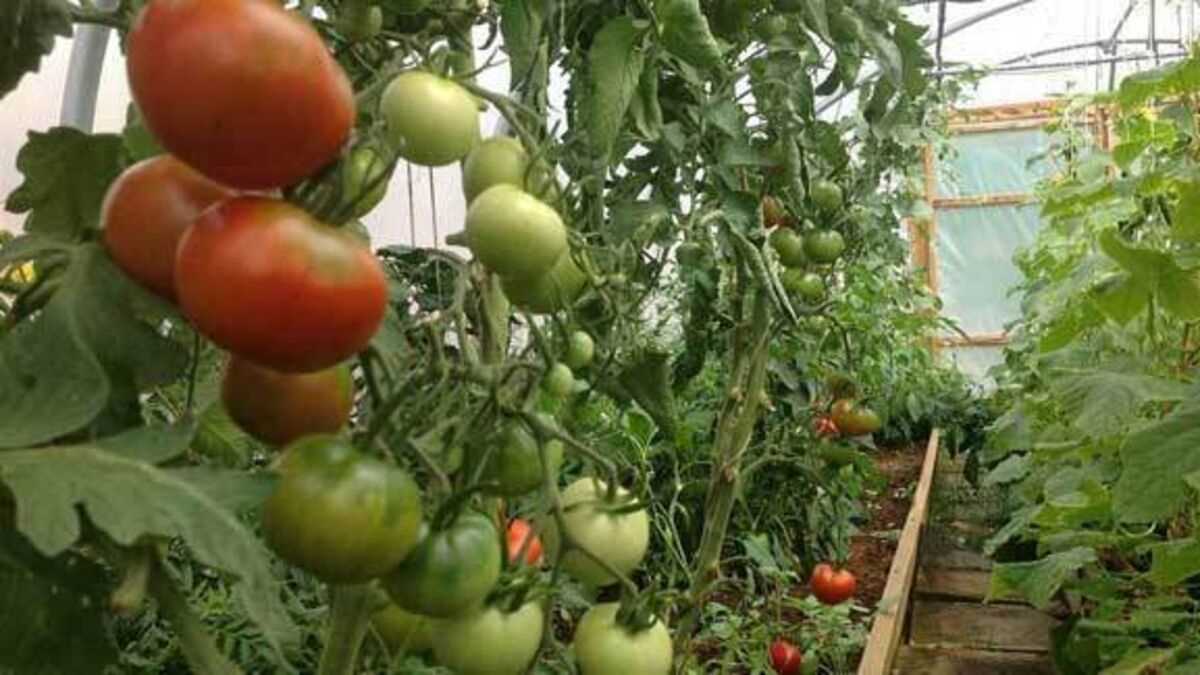
Staking is a common method to support tomato plants. Insert sturdy wooden or metal stakes into the ground, about 6-8 inches deep, near each plant. Gently tie the main stem of each tomato plant to the stake using soft plant ties or twine. As the plant grows, make sure to regularly check and adjust the ties to prevent any damage to the stem.
2. Cages
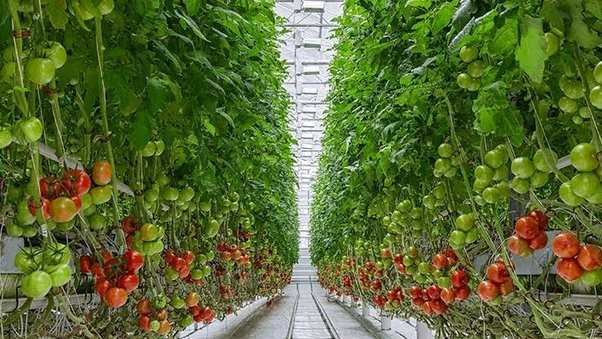
Tomato cages provide excellent support for tomato plants and help keep them in an upright position. You can purchase pre-made wire cages or make your own using sturdy wire mesh. Place the cage around the tomato plant while it’s still young and thread the branches and stems through the openings as the plant grows. This method helps in maintaining the shape of the plant and prevents it from sprawling on the ground.
3. Trellises
Trellising is another effective way to support tomato plants in the greenhouse. Install a trellis system either as a single row or multiple rows depending on the number of plants. As the tomatoes grow, use plant ties or twine to carefully secure the stems to the trellis. This method allows better air circulation and makes it easier to manage the plants.
4. String System
A string system involves hanging strings from the roof of the greenhouse and attaching them to the base of the tomato plants. As the plants grow, wrap the stems around the strings, gently training them to grow vertically. This method provides excellent support and allows easy access to the plants for pruning and harvesting.
5. Overhead Wire System
An overhead wire support system consists of wires running horizontally above the tomato plants. Attach the wires to the greenhouse structure and secure the tomato plants to the wires using soft plant ties or twine. This method allows the plants to grow vertically, maximizing the use of space and providing better air circulation.
Choose the support method that suits your greenhouse setup and the number of tomato plants you have. Remember to regularly inspect the plants, adjust the support, and prune if necessary to maintain healthy growth. Proper support will ensure that your tomato plants thrive and produce a bountiful harvest.
Harvesting and Maintenance Tips
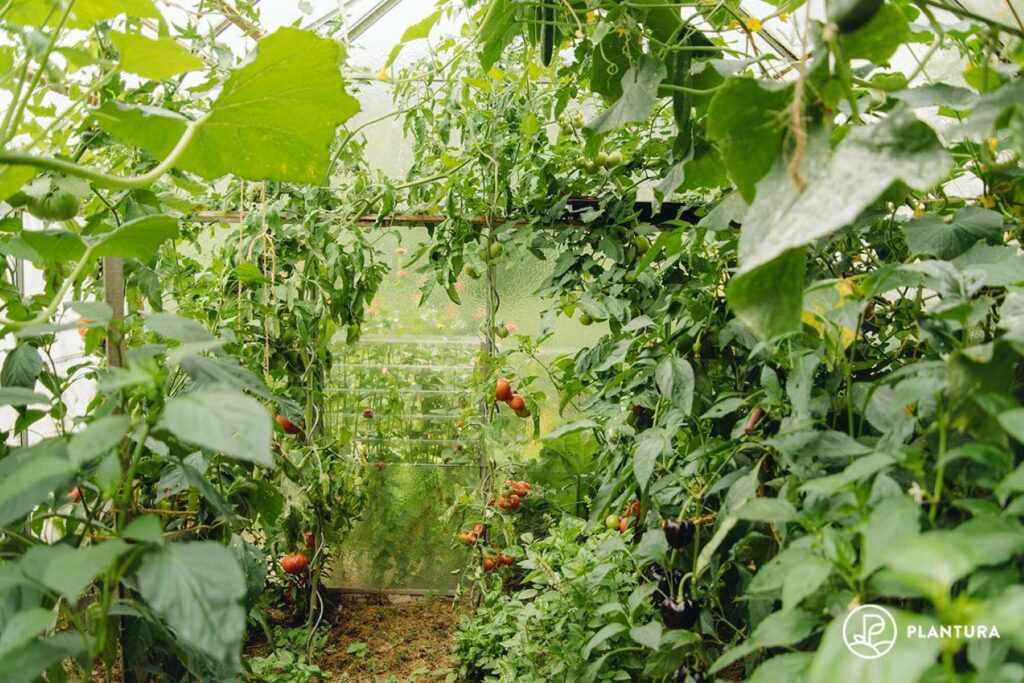
Harvesting and maintaining your tomato plants is crucial to ensure a successful yield. Here are some tips to help you with your greenhouse tomato plants:
1. Regular Inspection
Inspect your plants regularly for any signs of disease, pests, or nutrient deficiencies. Early detection and intervention can prevent major problems later on.
2. Pruning
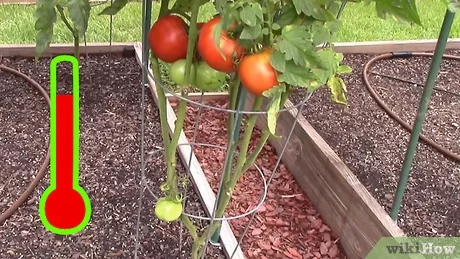
Remove any suckers that emerge in the leaf axils of tomato plants. This will help promote better air circulation and reduce the likelihood of diseases.
3. Watering
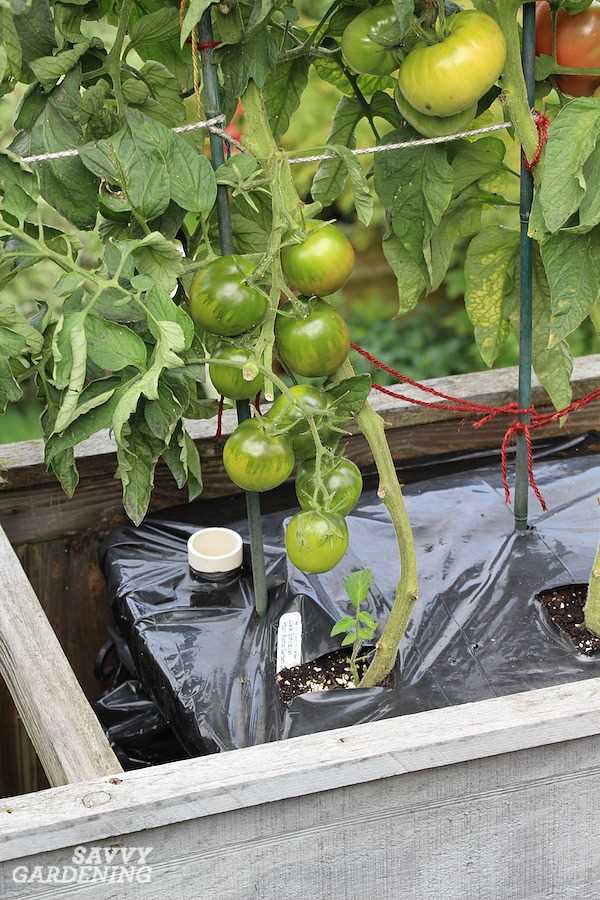
Tomatoes need consistent watering. Keep the soil moist but not soggy. Avoid overwatering as it can lead to root rot.
4. Fertilizing
Apply a balanced tomato fertilizer according to the manufacturer’s instructions. This will ensure that your plants receive the necessary nutrients for optimal growth and fruit production.
5. Trellising
Consider trellising your tomato plants to provide support for the vines and prevent them from sprawling on the ground. This can help improve air circulation and reduce the risk of disease.
6. Pest Control
Monitor and manage common tomato pests such as aphids, whiteflies, and tomato hornworms. Use organic insecticides or integrated pest management techniques to control infestations.
7. Harvesting
Harvest your tomatoes when they are ripe, but still firm. Do not wait until they are overripe as they may become mushy. Use a sharp knife or pruning shears to avoid damaging the plant.
8. Storage
Store harvested tomatoes in a cool, dry place away from direct sunlight. Avoid stacking them, as this can cause bruising. Use them within a week for the best flavor.
By following these tips, you can ensure a healthy and productive tomato harvest from your greenhouse plants.
“Question-Answer”
What is the optimal spacing for mass planting tomatoes in a greenhouse?
The optimal spacing for mass planting tomatoes in a greenhouse is usually around 18-24 inches between plants and 3-4 feet between rows.
Why is mass planting of tomatoes in a greenhouse recommended?
Mass planting of tomatoes in a greenhouse is recommended because it allows for maximum utilization of space, increased productivity, and easier management of plants.
What should I place in each hole when mass planting tomatoes?
When mass planting tomatoes, you should place one tomato seedling or transplant in each hole.
How deep should the holes be when mass planting tomatoes in a greenhouse?
The holes should be dug to a depth that allows the seedling or transplant to be planted at the same depth as it was in its pot. This is usually around 6-8 inches.
What are the benefits of mass planting tomatoes in a greenhouse?
The benefits of mass planting tomatoes in a greenhouse include increased yield, better control of environmental conditions, easier pest and disease management, and efficient use of space.







